American cheese is a staple in many households across the United States and beyond. Whether it’s melting on a juicy burger, folded into a grilled sandwich, or topping a breakfast egg scramble, American cheese has become synonymous with creamy indulgence and culinary convenience. But behind its iconic yellow hue and velvety texture lies a fascinating world that most people know little about.
In this article, we dive deep into eight surprising facts about American cheese, uncovering its origins, production, health implications, and more. So, if you’ve ever wondered what makes this cheese so uniquely American, keep reading.

One of the most eye-opening facts about American cheese is that it’s not classified as real cheese under FDA standards. It is officially labeled as a “processed cheese product.” This is because American cheese is made by blending natural cheeses like cheddar and Colby with emulsifiers, preservatives, and other ingredients to improve texture, shelf life, and melting behavior.
While purists may frown upon it, this processing gives American cheese its unbeatable meltability and long-lasting appeal, especially in the fast-food and restaurant industries.
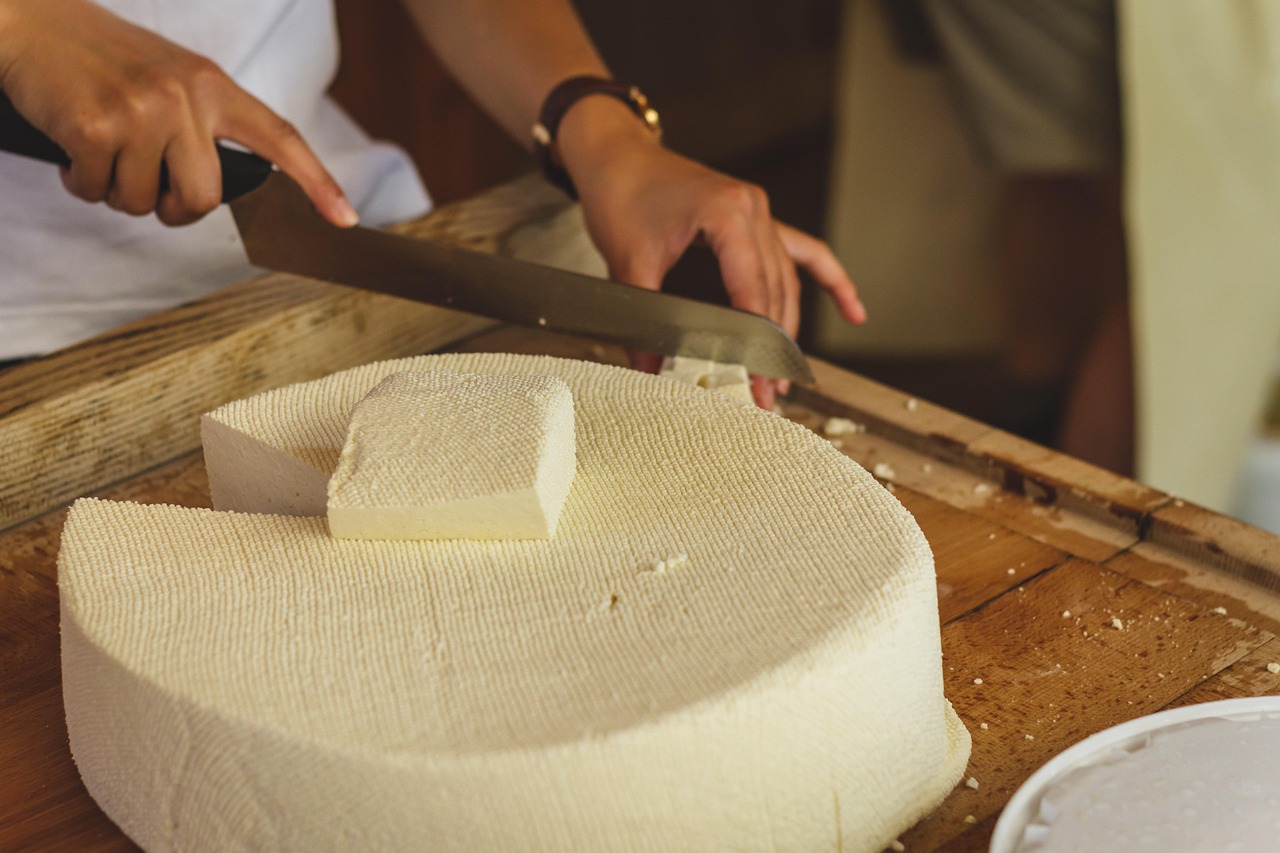
American cheese was born out of economic necessity. In the early 20th century, cheese makers were looking for ways to reduce waste from cracked or broken cheese blocks. In 1911, Swiss immigrant James L. Kraft patented a pasteurization process that allowed cheese to be melted, blended, and reformed into a uniform product with a longer shelf life.
This innovation revolutionized the food industry and laid the foundation for the Kraft brand to become a household name.

One of the most celebrated qualities of American cheese is how perfectly it melts. Unlike natural cheeses, which can become greasy or rubbery when heated, American cheese melts smoothly and evenly thanks to the addition of emulsifying salts like sodium phosphate and citrate.
This feature makes it the top choice for cheeseburgers, grilled cheese sandwiches, and macaroni and cheese. Its texture remains creamy rather than oily, offering a consistent mouthfeel that elevates many comfort foods.
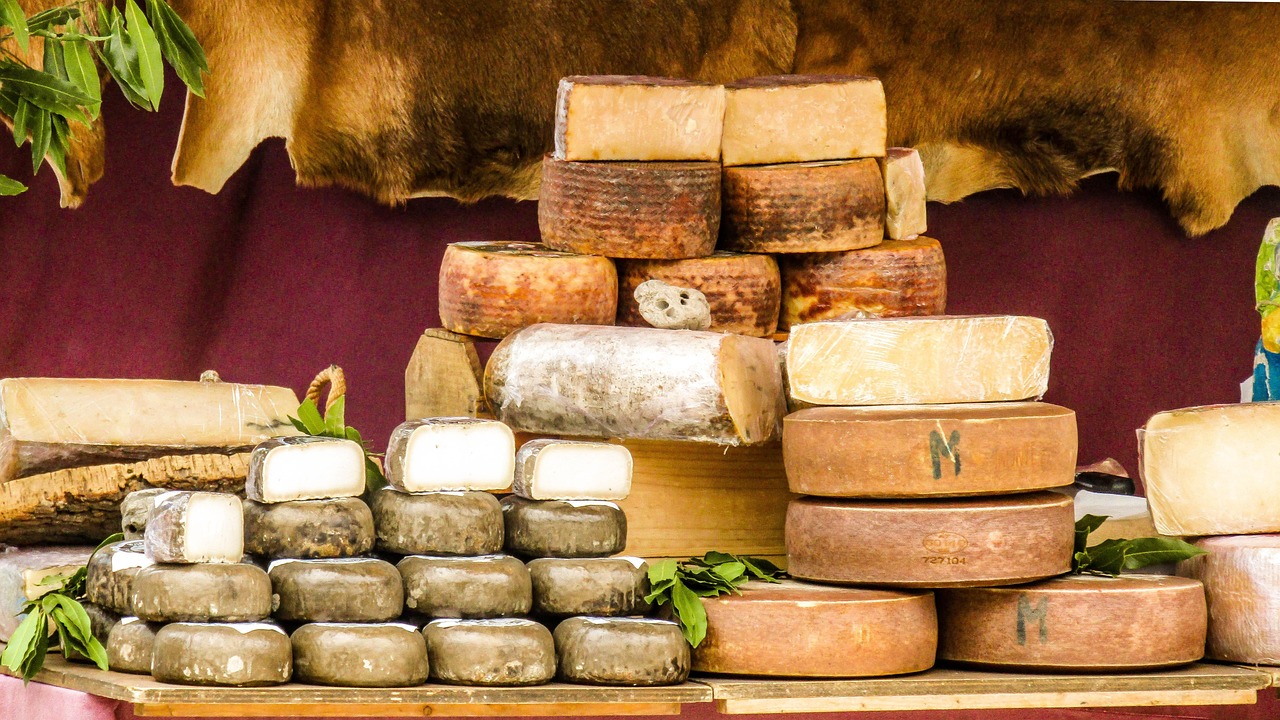
While the iconic American cheese slice is usually bright yellow, you can also find white American cheese and sharp-flavored versions. The yellow hue often comes from annatto, a natural food coloring, and doesn’t impact the taste significantly.
The white variety tends to have a milder flavor and is popular in deli sandwiches and cheesesteaks. Sharp American cheese blends in aged cheddar, offering a tangier bite for those who crave stronger flavors.
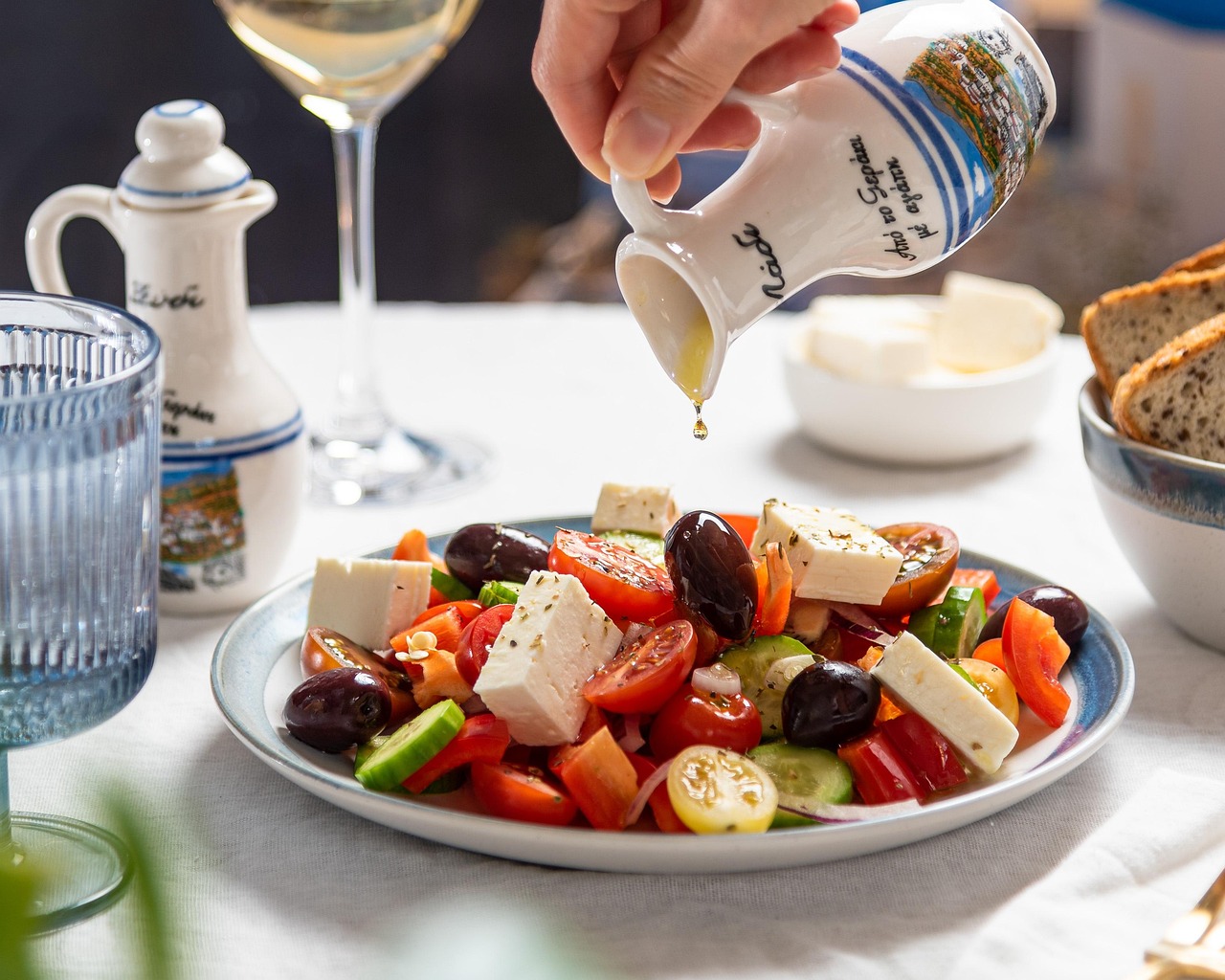
American cheese has become the go-to choice for many fast-food chains, including McDonald's, Burger King, and Wendy’s. Its quick-melting ability, consistent taste, and affordability make it ideal for high-volume cooking environments.
Chefs and home cooks also appreciate its ease of use, whether it's shredded, sliced, or in block form. It’s often used in nachos, cheese dips, and breakfast sandwiches, making it one of the most versatile dairy products on the market.
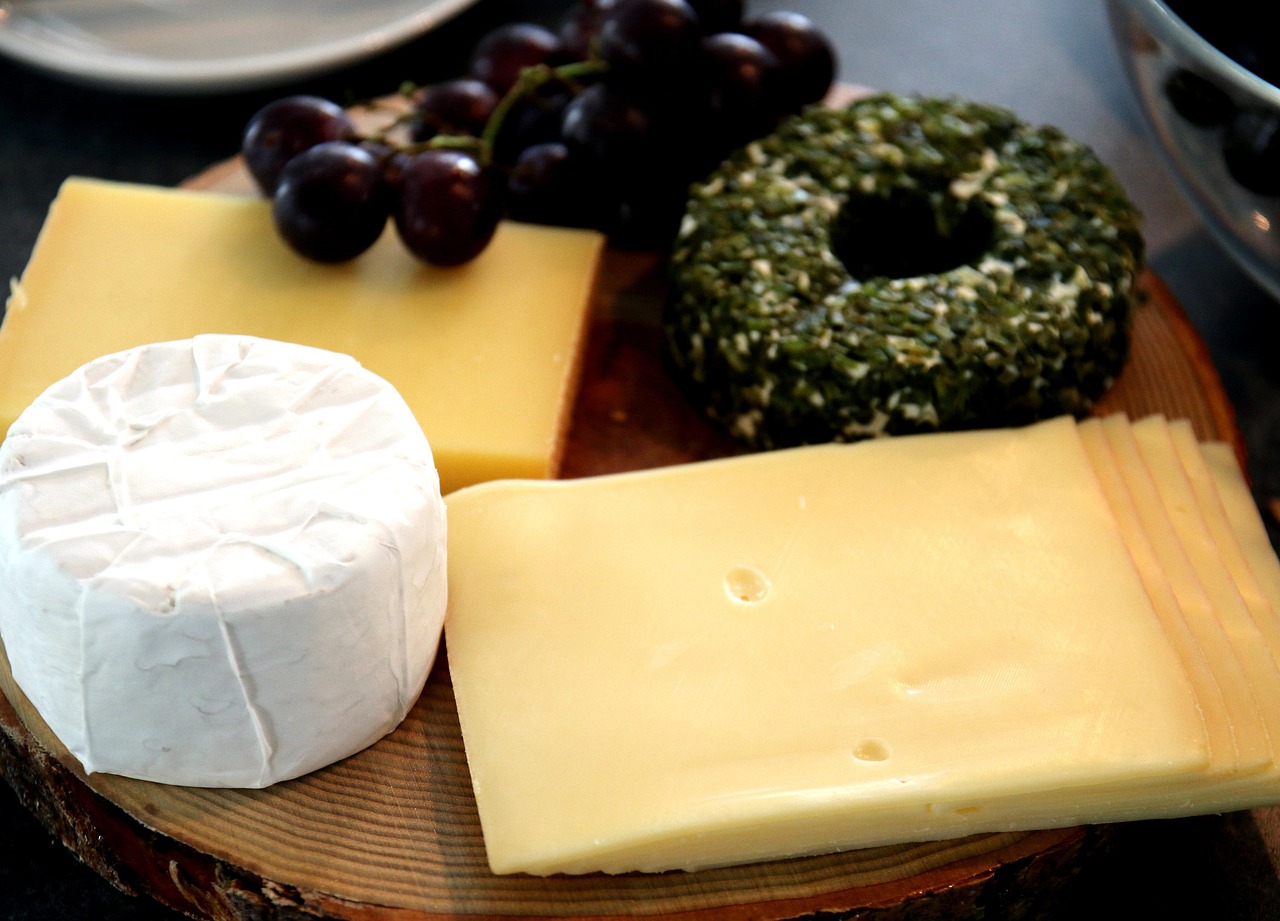
One of the lesser-known facts about American cheese is its high sodium content. To extend shelf life and enhance flavor, processed cheeses like American contain significant levels of salt. While this improves taste and texture, it’s something to watch out for if you're monitoring your sodium intake.
A single slice can contain 250–400 mg of sodium, which can quickly add up in sandwiches and burgers.
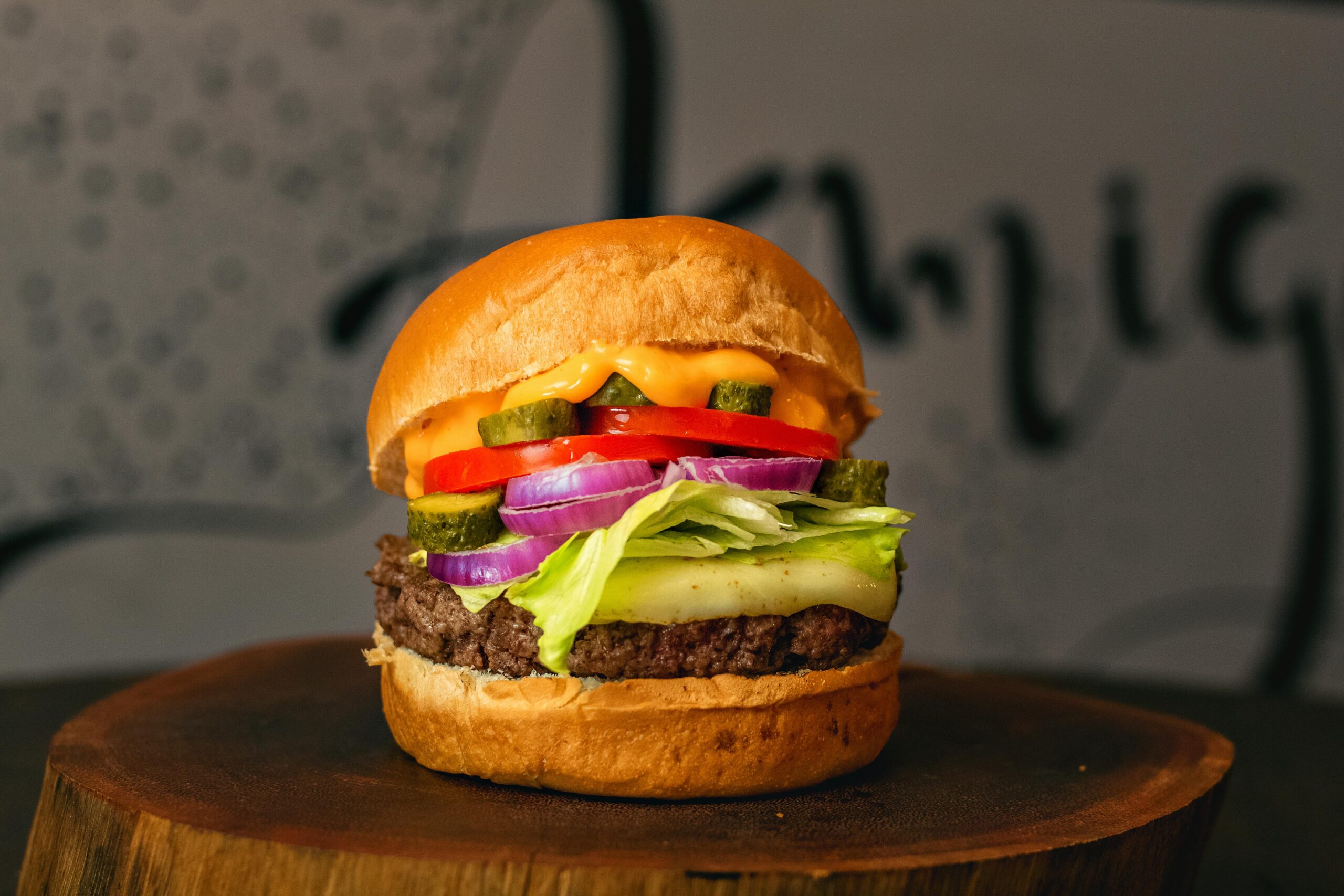
Due to its long shelf life and low cost, American cheese became a regular item in U.S. military rations and public school lunches throughout the 20th century. It was also distributed through government assistance programs like WIC (Women, Infants, and Children) and food banks.
This widespread availability helped shape America’s relationship with cheese, making it a nostalgic and emotional food for many.
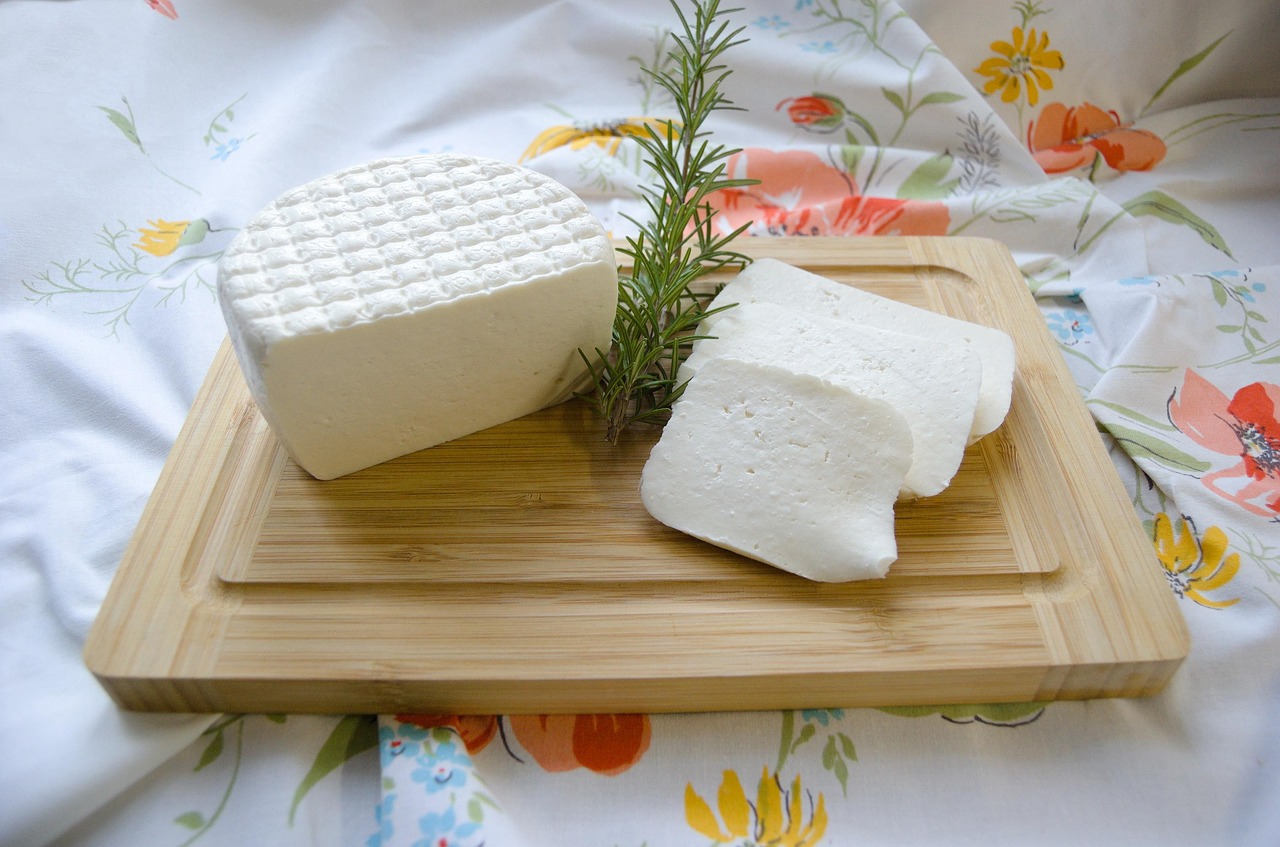
Despite debates over its authenticity, American cheese has become a symbol of U.S. culinary culture. In countries like Japan, South Korea, and even France, American cheese is seen as a uniquely American product and is often imported for Western-style cuisine.
From cheeseburgers to Philly cheesesteaks, it continues to represent the simplicity, flavor, and indulgence of American food.

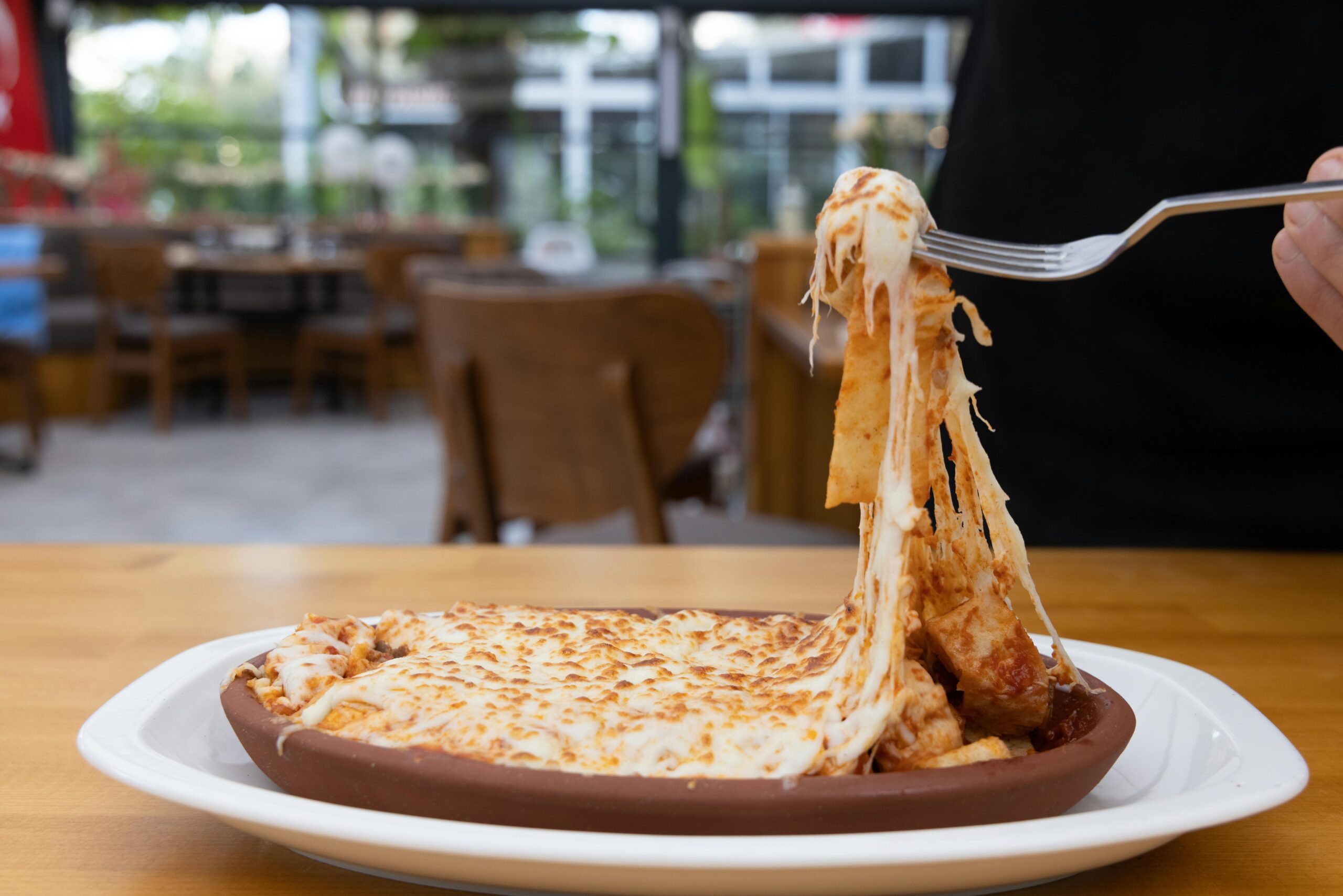




Be First to Comment